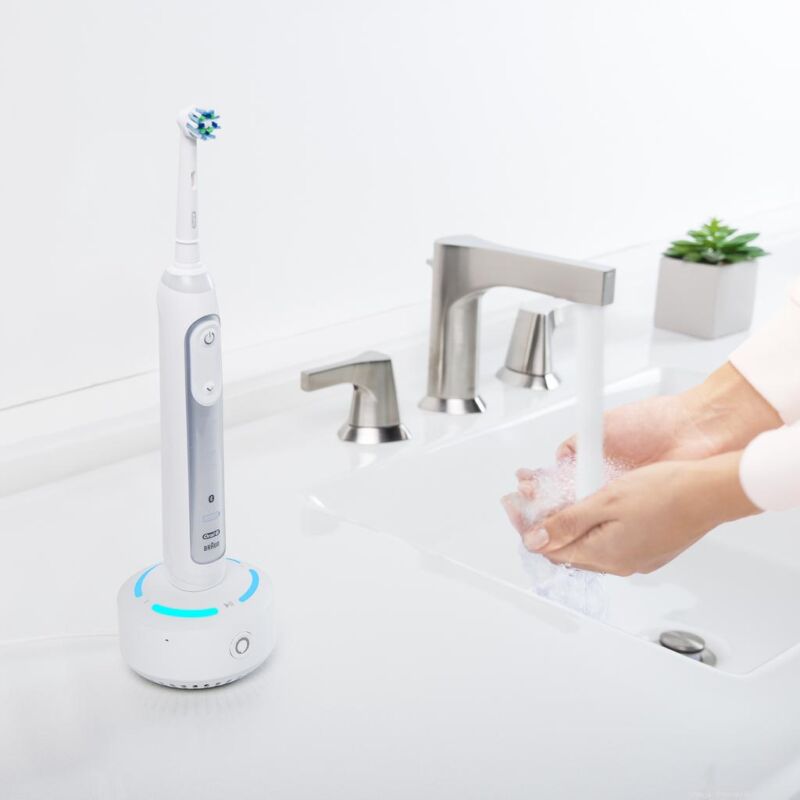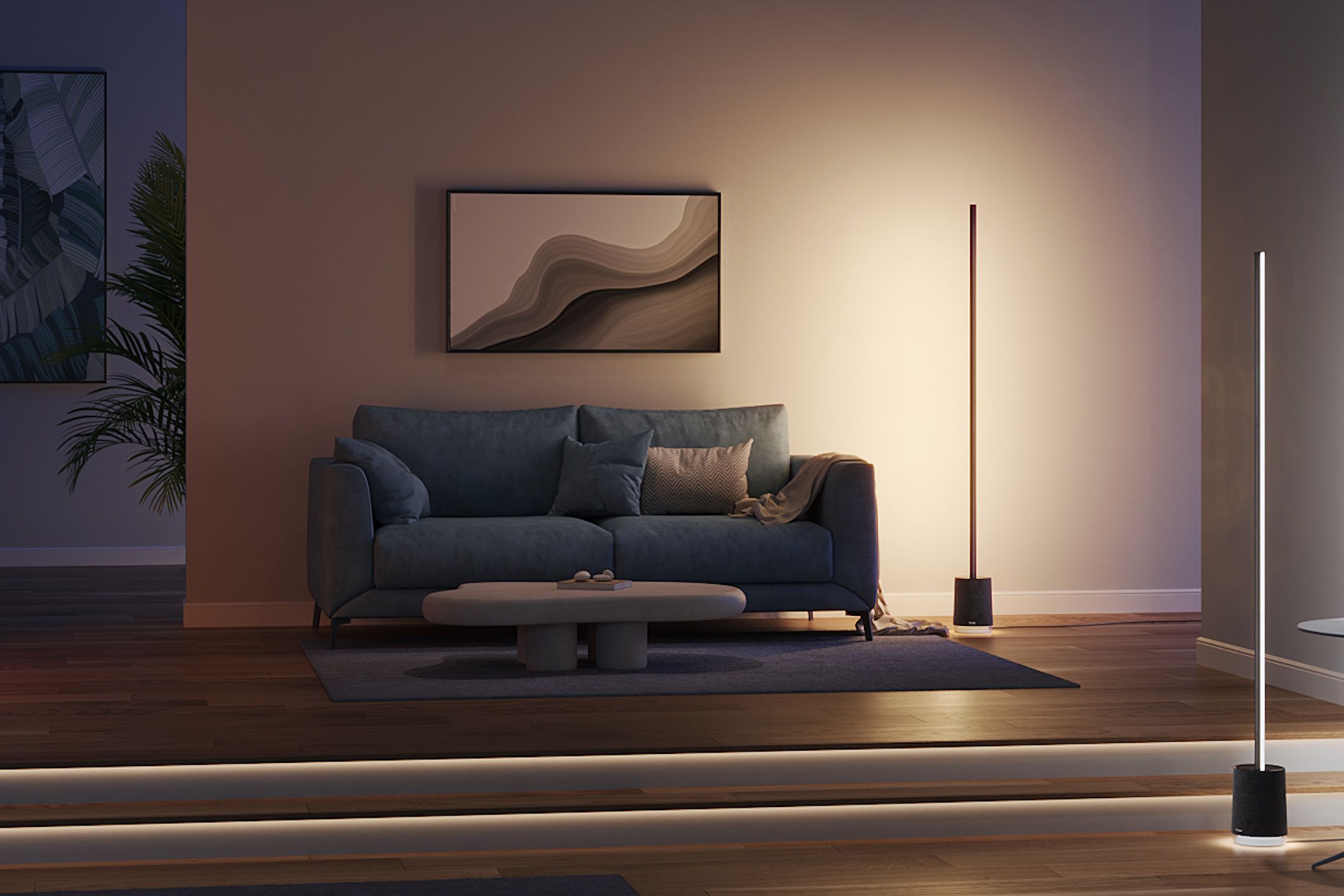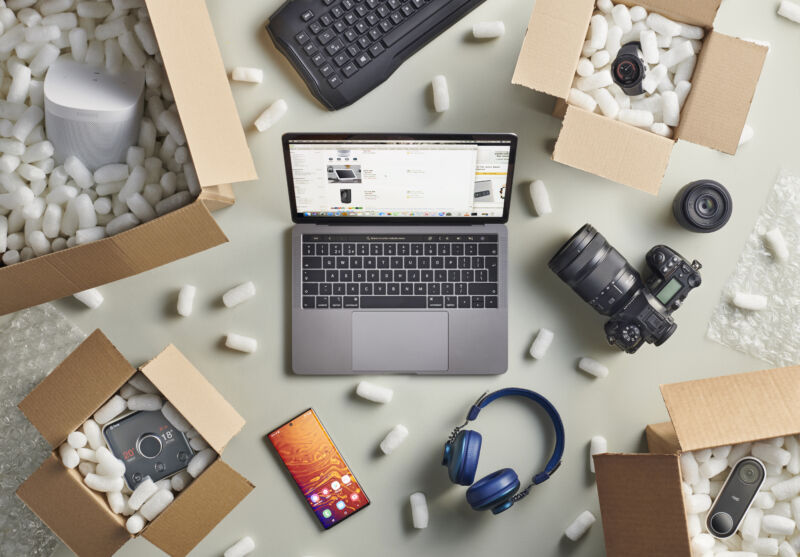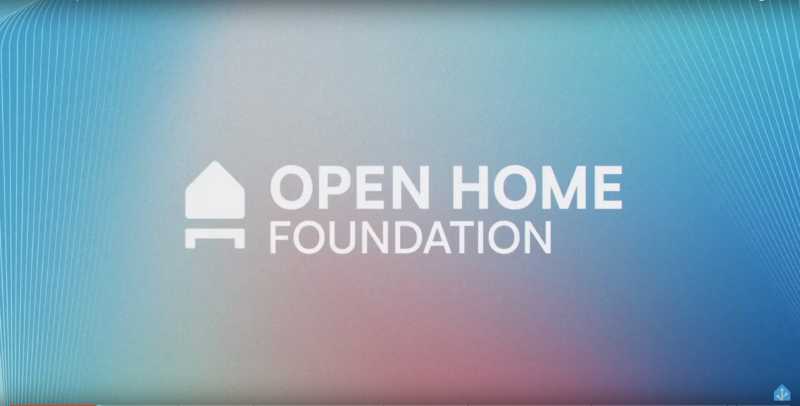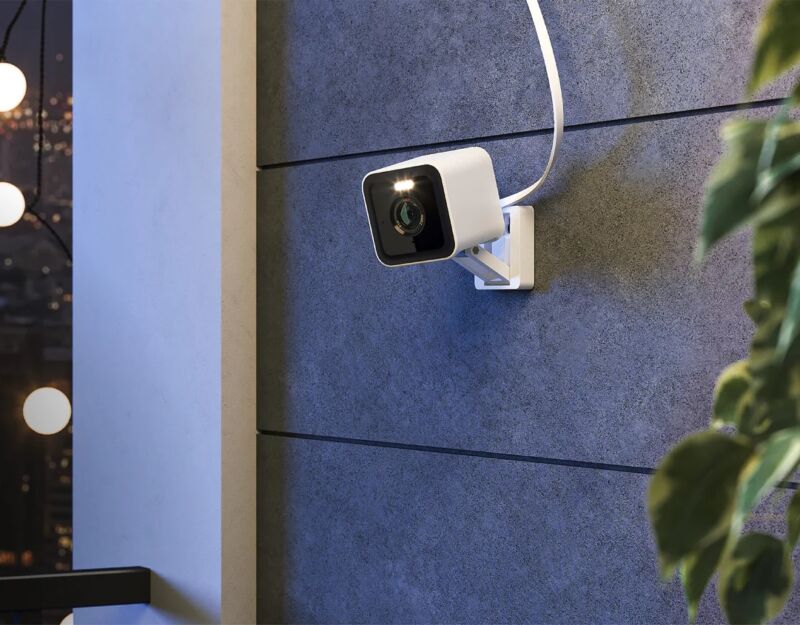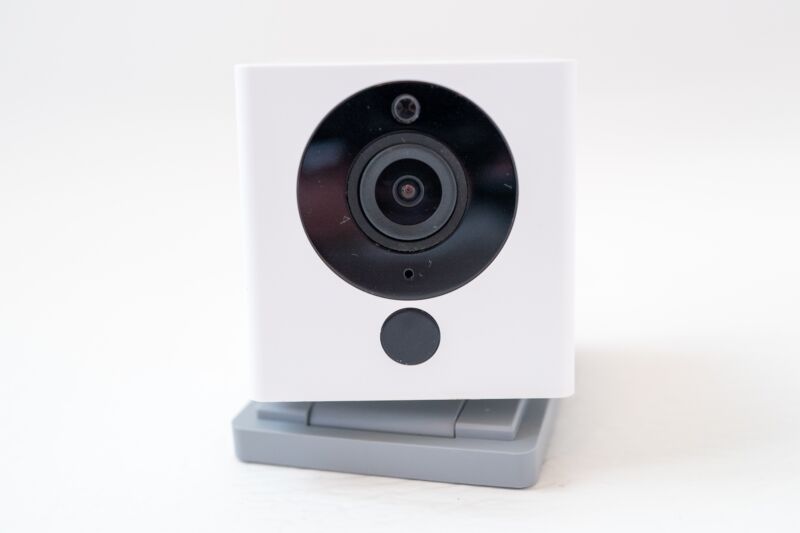-
 chevron_right
chevron_right
Maison connectée et fuite de donnée, une relation qui fonctionne
news.movim.eu / Korben · Monday, 1 July - 08:00 · 5 minutes

— Article en partenariat avec Surfshark VPN —
Comment ça va de votre côté ? On se prépare doucement à la pause estivale ? En ce qui me concerne, j’en termine déjà avec le premier mois de mon trimestre de pause … ça file à une vitesse ma bonne dame, c’est dingue ! Mais s’il y en a qui ne prennent jamais de repos, ce sont bien les espions à l’affut de nos données.
Au travers de mes précédents articles, j’ai déjà fait le tour de pas mal d’outils, objets et services qui nous surveillent en quasi permanence. Les voitures intelligentes par exemple, ou les applications d’IA ainsi que celles dédiées au shopping . Bref tout ce qui stocke de la data personnelle est susceptible de fuiter ou d’être utilisé à vos dépens et sans votre autorisation. Le plus souvent c’est « seulement » pour vous bombarder de pubs ciblées, mais parfois c’est plus dangereux que cela (escroquerie, vol d’identité …). Et comme je l’ai montré dans ces mêmes articles, cela arrive de plus en plus fréquemment, la data numérique étant la nouvelle manne financière d’un pan entier du web.

Aujourd’hui on va s’intéresser à quelque chose d’autre : les maisons intelligentes . Car vous le savez aussi bien que moi, nous avons de plus en plus d’objets du quotidien connecté via des applications (IoT). Quelques exemples ? Brosse à dents, montre connectée, aspirateur robot, porte de garage, système de surveillance, machine à café, frigo, système de chauffage ou d’éclairage, volets de fenêtres ou encore les classiques assistant virtuel type Alexa. Alexa qui fête déjà ses 10 ans cette année, le temps passe vite ma bonne dame ! (je sais, je me répète, c’est l’âge … le temps passe vite ma …).
Surfshark nous a pondu une étude sur la question et épingle notamment Google et Amazon comme les plus avides de nos données (quelle surprise Sherlock). Mais ils ne sont pas les seuls puisque la majorité des quasi 300 applis testées récoltent et stockent diverses infos comme vos noms, votre email, vos interactions avec le produit (heures & Co) ou encore votre localisation précise. Infos qui vont aller gonfler nos profils chez les centaines de courtiers en données dès qu’elles se retrouveront dans la nature.
Amazon Alexa est de loin la pire de toutes, collectant 28 données différentes sur 32 analysées … qui, en plus, sont directement liées à votre identité personnelle. Au calme. Google fait un peu mieux, avec « seulement » 22 données récupérées (adresse, photos et vidéos, données de santé …). L’une des catégories les plus touchées ce sont les caméras de sécurité … qui ne font donc pas que surveiller les voleurs, mais les habitants de la maison eux-mêmes. On a aussi dans la liste des jouets connectés pour enfants (décidément après les applis mobiles pour gamins , ils ne sont jamais tranquilles nos mouflets). Vous pouvez retrouver tout le détail de l’étude sur cette page , si vous voulez creuser un peu par vous-mêmes.
Bon vous allez me dire, en quoi est-ce problématique ? Je n’ai rien à cacher ! (hahaha … OK boomer). Ces gadgets collectent vos données, augmentant ainsi votre empreinte digitale, et parfois utilisent ces mêmes données pour afficher des publicités ciblées. Chiant, mais pas mortel. Au niveau de la sécurité, le risque de mauvaise gestion ou de fuites de données augmente, car les données sont distribuées à travers plusieurs bases de données. Qui finiront pas fuiter, se faire hacker ou être revendues à des datas brokers. Ce qui arrive quotidiennement.
Prenons un exemple concret : vous avez installé une caméra de sécurité pour filmer si quelqu’un entre par effraction chez vous. Jusque là rien de spécial. Mais si cette caméra vous enregistre vous en train de tondre votre pelouse à moitié à poil et que la vidéo finit dans les mains d’un hacker quelconque … là c’est une autre histoire. Imaginez l’intimité du chef de l’Internet révélée aux yeux du grand public. Le monde n’est pas prêt.
Maintenant, comment lutter contre ce fléau ? Et bien déjà en se posant la question de savoir si l’on a vraiment besoin de ce type de gadget. La caméra si vous êtes dans une zone à risque ça peut avoir du sens. La brosse à dents ou la machine à café connectée … ce n’est peut-être pas vital. Ou au moins, essayez de trouver une alternative open source (pour creuser le code et voir comment elle fonctionne vraiment) et moins avide de tout savoir sur vos habitudes.

Prenez également le temps de mettre à jour les paramètres pour limiter au strict minimum ce que vous partagez. Si votre aspirateur robot a besoin du microphone ou que votre air fryer dispose d’un accès caméra, posez-vous des questions ^^ Pensez aussi à sécuriser vos connexions Wi-Fi et chiffrer tout votre trafic. C’est là que va intervenir Surfshark, l’un des plus réputés du marché que je vous recommande depuis des années. Il vous évitera de voir vos flux de données interceptés par un tiers, ou tout du moins de les rendre inexploitables si cela devait arriver. Je ne vous refais pas la présentation des multiples intérêts de l’outil, je l’ai déjà fait dans ma présentation de Surfshark VPN .
Surtout que vous pouvez en bénéficier au prix d’environ 71€ pour 27 mois (moins de 2.65€/mois) avec l’abonnement 2 ans. Ou opter pour la boite à outils complète Surfshark One (avec l’antivirus, la surveillance de fuites & co) pour à peine plus cher (3.23€/mois). Pas cher payé le prix de tranquillité d’esprit.


